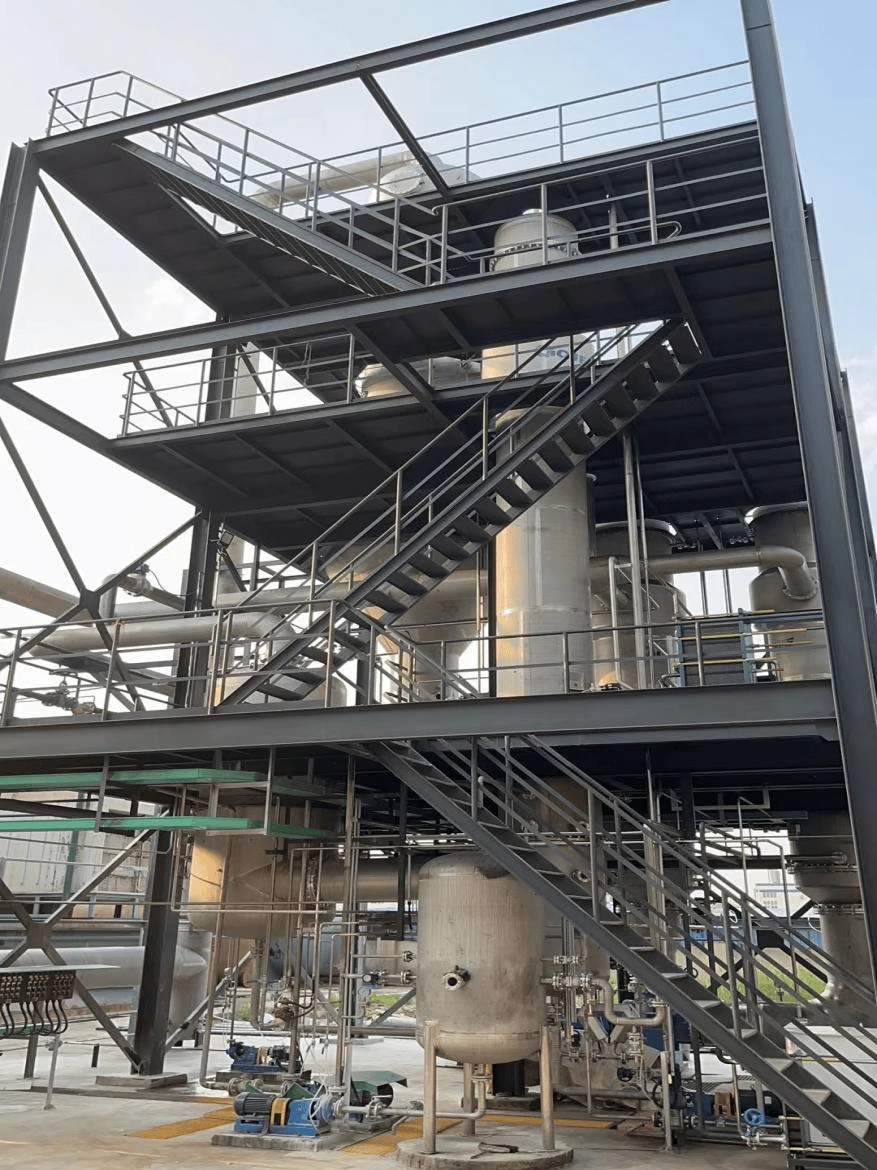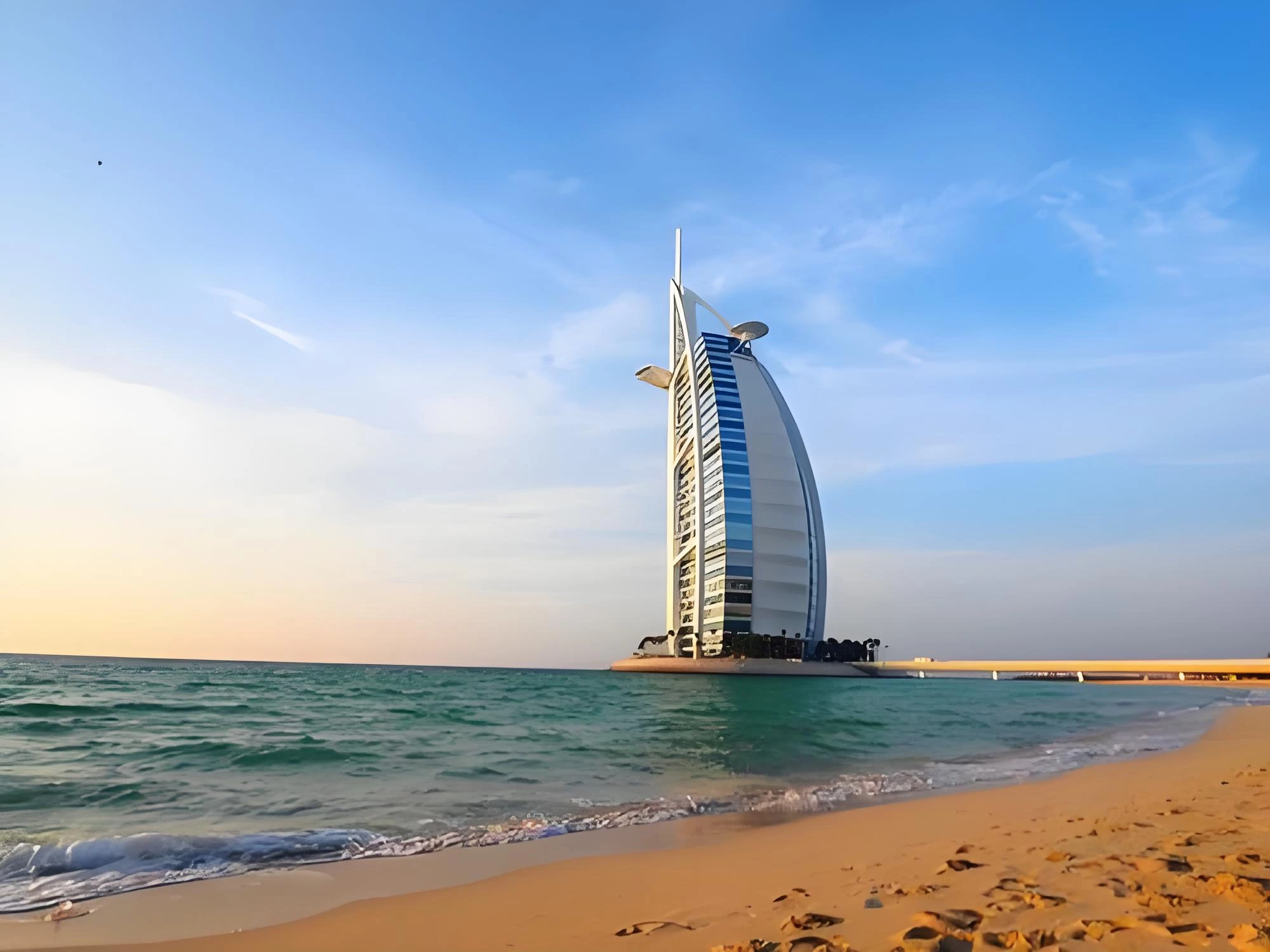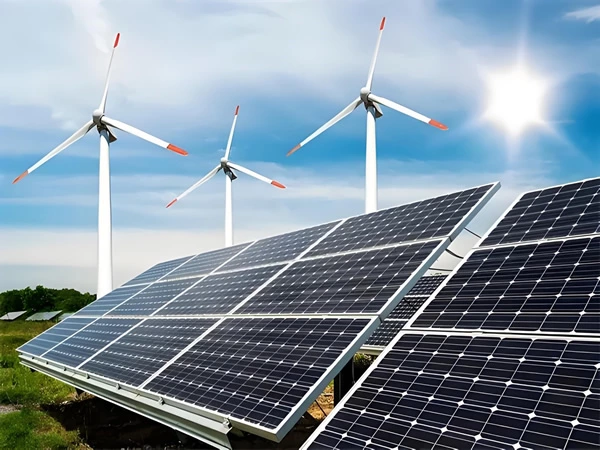
The freezing crystallizer is a device that achieves supersaturation of the solution through cooling, thereby causing the crystals to precipitate. It is widely used in fields such as chemical engineering, food, pharmaceuticals, and wastewater treatment. According to the operation mode, structural design, and application scenarios, freezing crystallizers can be classified into the following categories:
1.Classified by operation method
(1)Continuous freezing crystallizer
Features: Continuous feeding of raw materials, continuous discharge of crystals and mother liquor, suitable for large-scale production.
Advantages: High efficiency, low energy consumption, uniform crystal particle size.
(2) Intermittent (batch) freezing crystallizer
Features: Single batch operation, suitable for small-scale, high-value-added products or experimental research.
Advantages: High flexibility, the crystallization conditions for each batch can be adjusted (such as cooling rate, stirring intensity).
2. Classified by cooling method
(1)Indirect cooling type freezing crystallizer
Principle: The solution is cooled indirectly through heat exchange walls (such as jackets, coils).
Advantages: Prevents refrigerant from coming into direct contact with the materials, resulting in high purity.
(2) Direct-contact freezing crystallizer
Principle: The refrigerant (such as liquid nitrogen, refrigerant) is directly sprayed into the solution to rapidly cool it down.
Advantages: Fast cooling speed, suitable for ultra-low temperature crystallization (such as wastewater treatment).
Disadvantage: It may introduce impurities, which need to be separated later.
3. Classified by the control method of crystal growth
(1) Graded-type freeze crystallizer
Feature: Through hydraulic classification, large-sized crystals settle while small-sized crystals continue to grow (such as in the OSLO crystallizer).
Advantage: The crystal particle size distribution is narrow, making it suitable for high-purity products.
(2) Hybrid Suspension Type Freezing Crystallizer (MSMPR)
Features: The crystals are fully mixed with the solution, resulting in a wide particle size distribution, while the operation is simple.
4. Special types of freeze crystallizers
(1)Scraping plate type freezing crystallizer
Features: There is a rotating scraper inside, which prevents the crystals from depositing on the cooling wall. It is suitable for high-viscosity or material prone to scab formation (such as oil, chocolate).
(2) Fluidized bed freeze crystallizer
Features: The refrigerant and the solution come into contact in the fluidized bed, suitable for wastewater treatment (such as recovering sodium sulfate and potassium nitrate).
(3) Multi-stage freezing crystallization system
Features: Multi-stage series connection, gradual cooling, enhanced crystallization efficiency (such as in the desalination process using freezing for separation)
5.Classification and Comparison Table of Freezing Crystals
| Classification Basis | Type | Typical Equipment | Main Applications |
|---|---|---|---|
| Operation Mode | Continuous | OSLO crystallizer, DTB crystallizer | Large-scale production in chemical and food industries |
| Batch | Jacketed stirred tank, scraped-surface crystallizer | Pharmaceuticals, specialty chemicals | |
| Cooling Method | Indirect Cooling | Jacketed crystallizer, scraped-surface crystallizer | High-purity product production |
| Direct Cooling | Jet crystallizer, fluidized bed crystallizer | Wastewater treatment, rapid food freezing | |
| Crystal Growth Control | Classified | OSLO crystallizer | Products with narrow particle size distribution |
| Mixed Suspension | DTB crystallizer | General crystallization needs | |
| Special Types | Scraped-Surface | Scraped-surface crystallizer | High-viscosity materials |
| Fluidized Bed | Fluidized bed freeze crystallizer | Industrial wastewater treatment |


